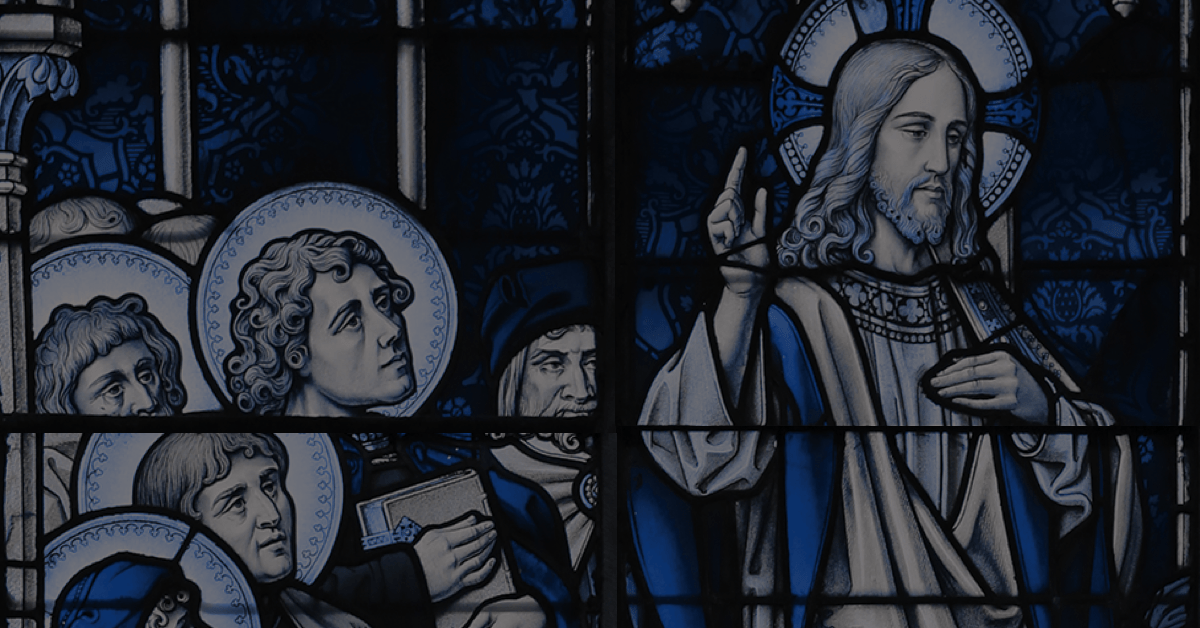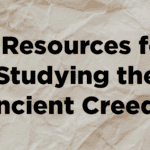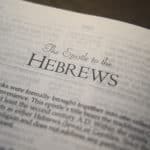
When I boarded a bus to make the trip from Jerusalem to the Sea of Galilee several years ago, one of the books I brought along with me was George Hunsinger’s slim volume on the Beatitudes. I knew I would soon be standing on the Mount of the Beatitudes, the place where tradition says Jesus delivered his Sermon on the Mount, and I wanted to begin to meditate on Jesus’s words in preparation.
In the introduction to his book, Hunsinger writes:
Jesus is the secret center of the Beatitudes as a whole and, therefore, of each one in particular. He is finally their real subject matter, and in them he points to his own person. It is he who embodies each personal attribute, he who is truly the blessing, and he who is always the promise. The Beatitudes are thus best understood as the self-interpretation of Jesus.
Later, when I received the invitation from Lexham Press to contribute a volume on the Lord’s Prayer to its newly launched Christian Essentials series, I thought of Hunsinger’s approach to the Beatitudes and how wonderfully it had opened up that passage of Matthew’s Gospel for me. Could I perhaps try out the same approach to the Lord’s Prayer? Might Jesus be the secret center of His prayer too?
As I prayed and pondered each of the petitions of the Lord’s Prayer, I asked myself, What aspect of Jesus Christ’s person or work is visible here? How does each part of the prayer lead me to know Him better?
The opening of the prayer, with its request for God’s name to be hallowed (Matthew 6:9), caused me to think of how the risen Jesus bears the name that is above all names (Philippians 2:9-11) — the holy name of God (Exodus 3:14-15). When we pray for God’s name to be kept holy, then, we are praying, at the same time, for the glory of Jesus Himself to be more widely known and revered.
The prayer continues with petitions for the arrival of God’s kingdom, for the doing of His will on earth as in heaven (Matthew 6:10). As the Gospels show us, Jesus Himself announces and embodies God’s kingdom. “If it is by the finger of God that I cast out the demons, then the kingdom of God has come to you” (Luke 11:20). And it is Jesus also who shows us what it looks like to yearn for and submit to the divine will: “Father, if you are willing, remove this cup from me; yet, not my will but yours be done” (Luke 22:40).
Jesus, it turns out, as the New Testament scholar Dale Allison memorably puts it, “embodies his speech [and his prayer]; he lives as he speaks and speaks as he lives.” And this holds true for the other petitions of the Lord’s Prayer too, right up to and including the final doxology which the church has always appended at the prayer’s end.
The vision for Lexham’s Christian Essentials series is of a set of books that might open up the meaning of the foundations of our faith for contemporary readers. In the end, each book wants to lead us to the singular Foundation of our faith, the One who stands at the center and the end of all our prayer and longing, our Lord Jesus Christ Himself.
This guest post was written by Wesley Hill, author of The Lord’s Prayer: A Guide to Praying to Our Father (Lexham Press, 2019).





